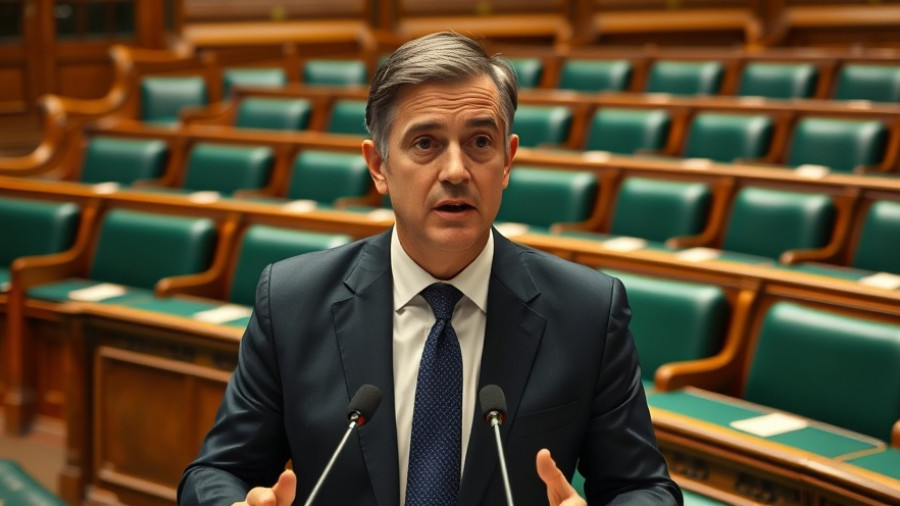
Ofgem's Bold Move: Investing in Our Energy Future
In a significant step toward enhancing the UK's energy infrastructure, the Office of Gas & Electricity Markets (Ofgem) has granted initial approval for an impressive £24 billion energy investment. This initiative represents a commitment to modernizing and expanding Britain's electricity grid, a necessary evolution in response to the increasing demand for renewable energy and to ensure the security of energy supply for homes across the nation.
What This Investment Means for Young Homeowners
For young homeowners in London, this investment not only signals a shift toward sustainable living but also indicates potential reductions in future energy costs. Ofgem's plan includes the development of 80 new power projects, which will upgrade over 4,400 kilometers of overhead lines and expand the network's capacity. This modernization is crucial for facilitating connections from renewable sources, ultimately benefiting homeowners looking for clean energy options.
Understanding the Scale of Change: A Historical Perspective
This initiative marks the most significant expansion of the energy grid since the 1960s. As the UK transitions away from dependence on imported gas, the long-term benefits of these upgrades become more apparent. By investing in infrastructure that can support up to 126 GW of clean power generation by 2030, Ofgem is paving the way for a future in which homes are powered by local, sustainable sources, reducing carbon footprints and energy costs alike.
The Importance of Community Support in Energy Projects
Ofgem’s decision comes after extensive consultations with various stakeholders, emphasizing the importance of community input in shaping energy policies. By assessing the cost-effectiveness of each proposed project, Ofgem has ensured that this £24 billion investment not only aligns with consumer interests but also safeguards against unnecessary costs. This approach resonates deeply with the values of young homeowners who are often budget-conscious and concerned about the sustainability of their living environments.
Bringing Renewable Energy into Every Home
The investment also opens doors for innovative technologies that support smart homes, enabling homeowners to manage their energy usage efficiently. As the energy grid evolves, we can expect a rise in local energy solutions such as home solar panels and battery storage systems, facilitating a more empowered and environmentally responsible lifestyle.
Community Resilience: The Long-Term Benefits
Jonathan Brearley, chief executive of Ofgem, states that this investment is a “long-term insurance policy” ensuring greater resilience against fluctuations in energy prices. For homeowners, this means a more stable energy future, less affected by international market dynamics. As energy prices continue to vary, the development of a robust domestic energy system will be invaluable.
How Homeowners Can Get Involved
As this grid investment progresses, young homeowners can play a crucial role. Staying informed about local developments and supporting community initiatives aimed at sustainability will help shape the future energy landscape. Being proactive in energy management at home, such as exploring renewable options, positions homeowners to benefit from this large-scale transformation.
The £24 billion investment in our energy infrastructure is not just about wires and substations; it's about creating a sustainable, reliable future for every household. Young homeowners have an exciting opportunity to engage with this transformation actively. As we look toward 2030 and beyond, we encourage everyone to learn about the benefits of sustainable living and smart energy practices. Together, we can make a positive impact on our environment while securing a better quality of life.
For more on how to navigate these changes as a homeowner, keep an eye on local community updates and energy-saving initiatives.
 Add Row
Add Row  Add
Add 




Write A Comment